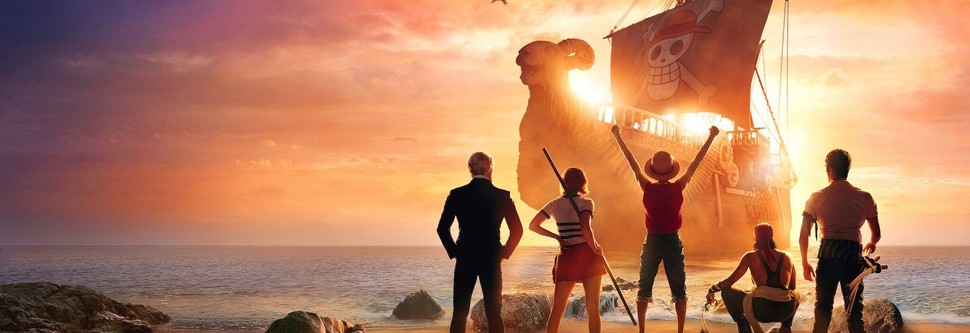
Most expensive Netflix series to date be shot on new hybrid lenses
When Nicole Hirsch Whitaker, ASC started prepping One Piece, she thought MiniHawk Hybrid Anamorphic lenses would be perfect for the manga-influenced look she envisioned. MiniHawks are actually spherical lenses that deliver anamorphic image traits without the size and speed limitations of squeeze optics. The show’s producers worried about the additional costs that can come with traditional anamorphic. Luckily, due to the pandemic, Whitaker had a lot of time to persuade Netflix that MiniHawks were the right choice, having been designed to solve that exact issue.
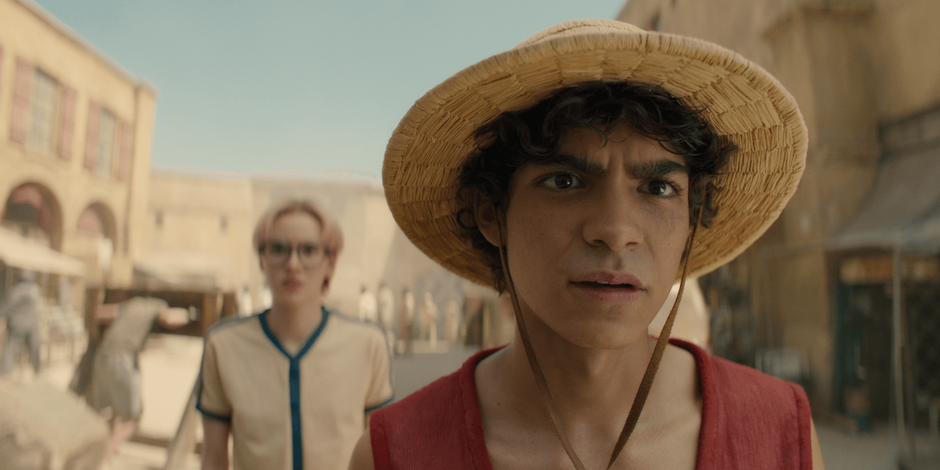
Whitaker and director Mark Jobst had used MiniHawks on Jupiter’s Legacy, and the results influenced their decision to use them again. Meanwhile, once the producers understood that the lenses were not traditional anamorphics, large format was proposed for One Piece. Whitaker went to Hawk asked whether a large-format version of the MiniHawks was a possibility. Peter Martin and Wolfgang Baumler, the visionaries behind Hawk lenses, agreed to take on the challenge.
Rather than designing a large format version of the MiniHawks, they went back to square one. The result is a set of completely new lenses.
“In our industry, we see a lot of ‘new’ lenses that are actually redesigns,” says Martin. “We prefer to calculate everything from scratch, rather than adapting existing lenses. We have the means to so it the straight way, and we always go for that.”
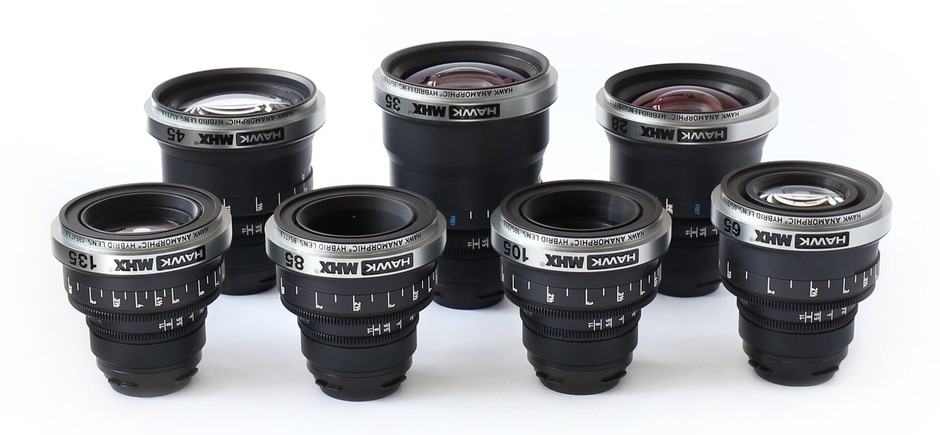
During the design and manufacture of the brand-new MHX line of lenses, Whitaker included the Hawk optical designers on some of the conceptual work, sending them photographs and ideas on color palette and quality of light. Vantage Film has been designing lenses from scratch and manufacturing them by hand at their facility in Bavaria for almost 30 years, but this project was only the second with a hard deadline.
“I trust the Hawk people so much,” says Whitaker. “We didn’t get the lenses until two weeks before we started shooting. My crew was worried, and the visual effects people had to map them quickly. And they were just gorgeous. The whole style of Japanese manga is to get very close to the character and then very far away in the same shot. It’s very much the wide lens world, where you see crazy distortion and wild expressions on faces, but you also want to give it scope. I knew I couldn’t get the close focus and the deep focus with traditional anamorphic. The Hawk MHX gave us the best of both worlds, which was amazing.”
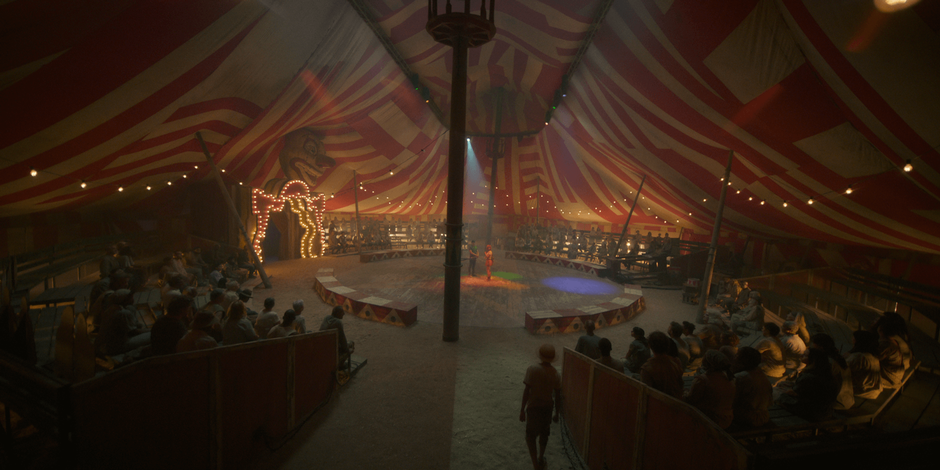
“Nothing inspires us more than a filmmaker with a specific vision,” says Vantage CEO and co-founder Peter Martin. “At Hawk, that’s been our purpose from the start. Our MiniHawk line was embraced by cinematographers around the world, so making a large-format series was a natural next step. But it required all our ingenuity and experience to achieve, especially in the short time frame. We’re so glad Nicole brought this idea to us, and we can’t wait to see what she has achieved.”
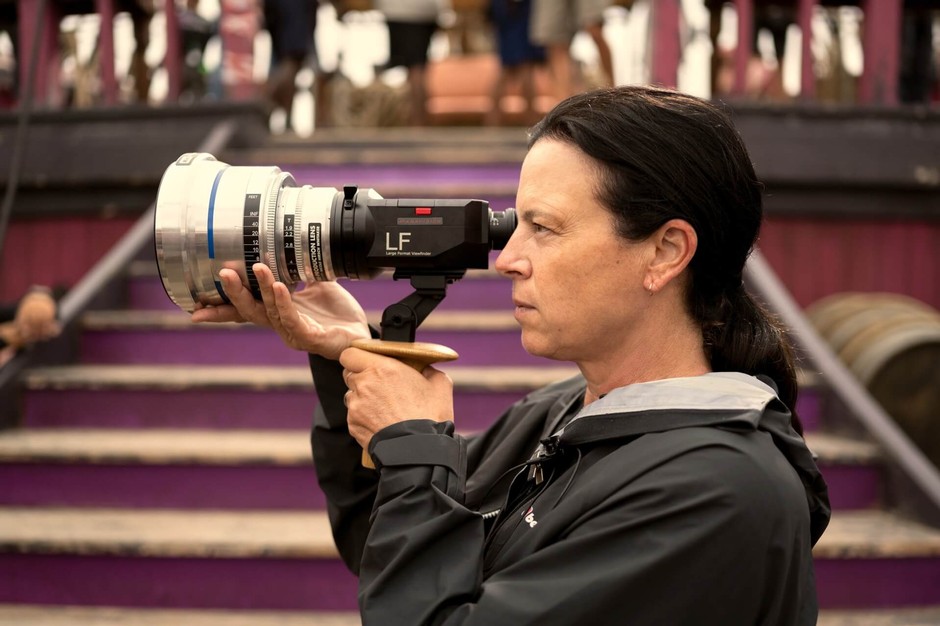 Cinematographer Nicole Hirsch Whitaker, ASC with a preproduction Hawk MHX lens on set
Cinematographer Nicole Hirsch Whitaker, ASC with a preproduction Hawk MHX lens on set
Visual effects play an important role in One Piece as well – characters include fish people and flower people, and some stretch and break apart. “It was extremely important that we had high quality lenses with good color space,” she says. “The additional fall-off of the large format really grounds your attention on the faces, which are also made prominent by movement and striking colors. With wide focal lengths, we could get the stunts and wide shots in a single frame with fewer cuts. Our goal was to create a grounded feeling with the camera, so we could not only keep the original manga fans happy, but also reach out to a new audience.”
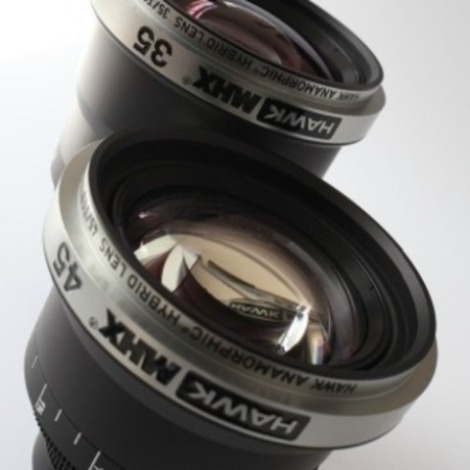
One Piece is an eight-episode limited series, thought to be one of the most expensive Netflix productions to date. The title refers to a mythic treasure sought by a young pirate captain, and most of the main characters are orphaned kids. About half of Whitaker’s portion of the shoot was done on stages, with huge outdoor tanks and some existing ship sets that were adapted for the job and surrounded with massive blue screens. Working with the sun and the wind was a constant challenge. The cameras were Arri Mini LF. The 28 mm MHX was on more than half the time.
On a personal level, Whitaker’s son grew up as a mega fan of One Piece who watched all 900 Japanese episode and read all 100 books. “For many years, he dressed up as one of the characters on Halloween,” she says with a laugh. “In fact, he has a tattoo of one of the characters on his chest. If I hadn’t taken this job, I don’t think he would have ever spoken to me again!”.
With the long preproduction period, Whitaker had the opportunity to develop a very specific vision with her colleagues, and part of that was the collaboration with Hawk.
“It was the biggest and most exciting show I’ve worked on,” she says. “It brought together all the things I’ve learned on previous shows. Setting a new standard and working with Hawk on the lenses was so fantastic. I’m so appreciative – from a visual standpoint, I know the show would not be what it is without those lenses.”
Watch the trailer here.
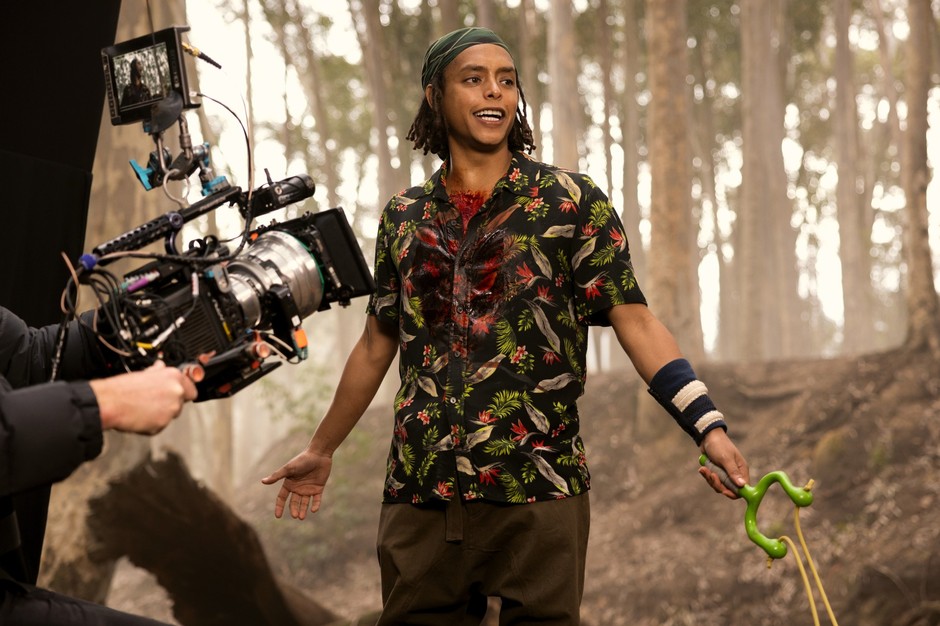
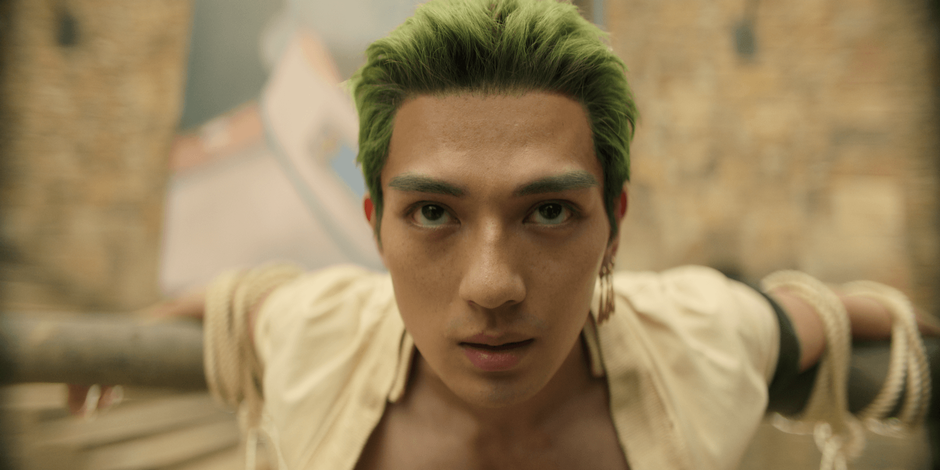
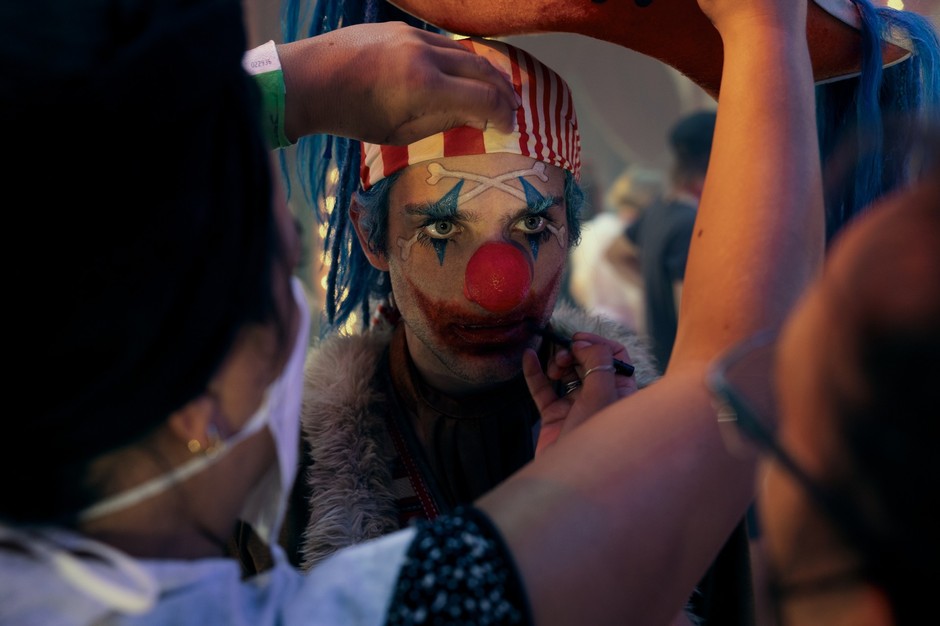
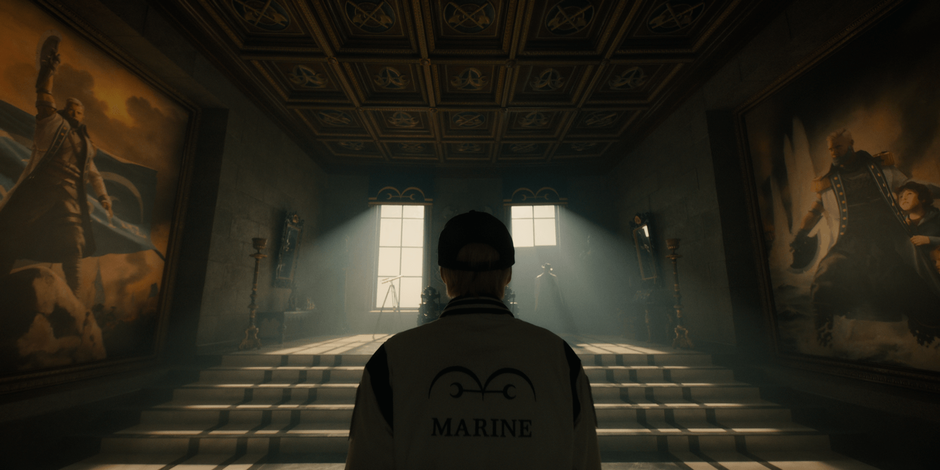
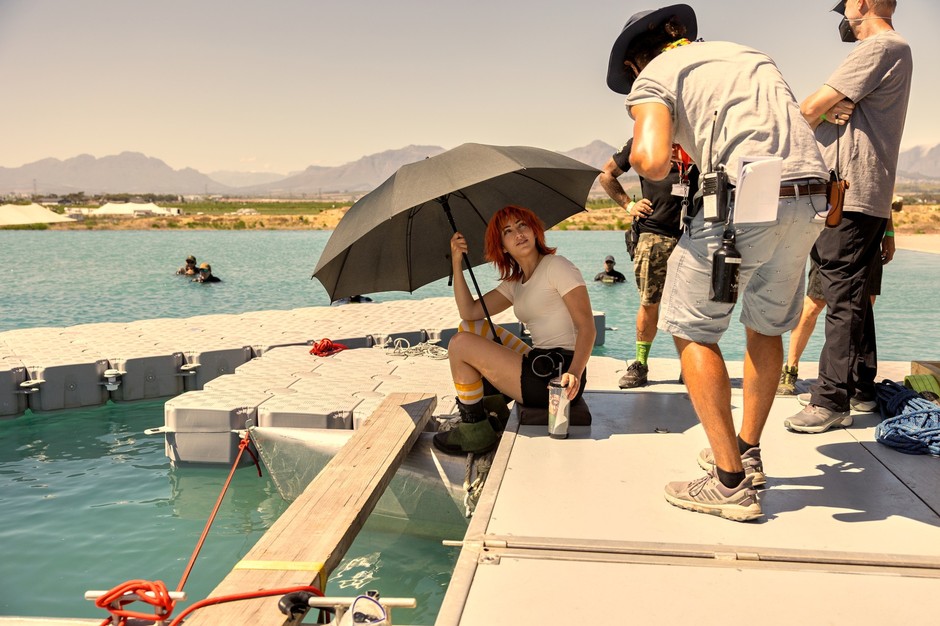
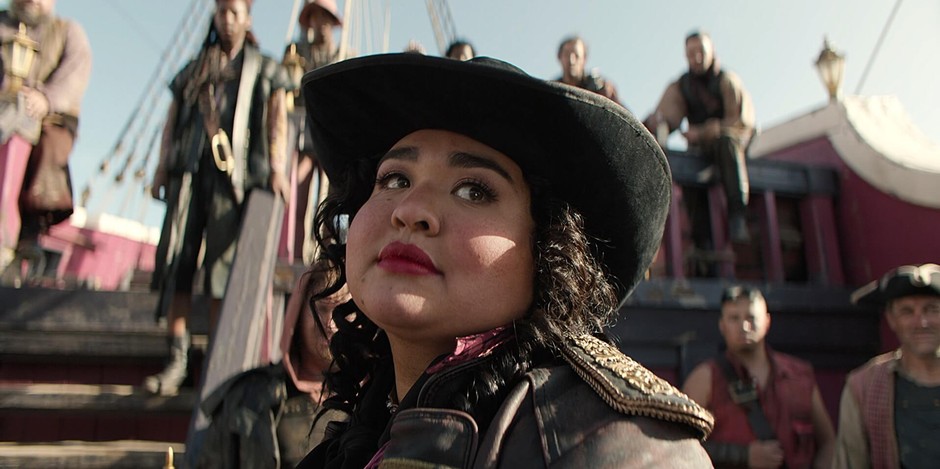
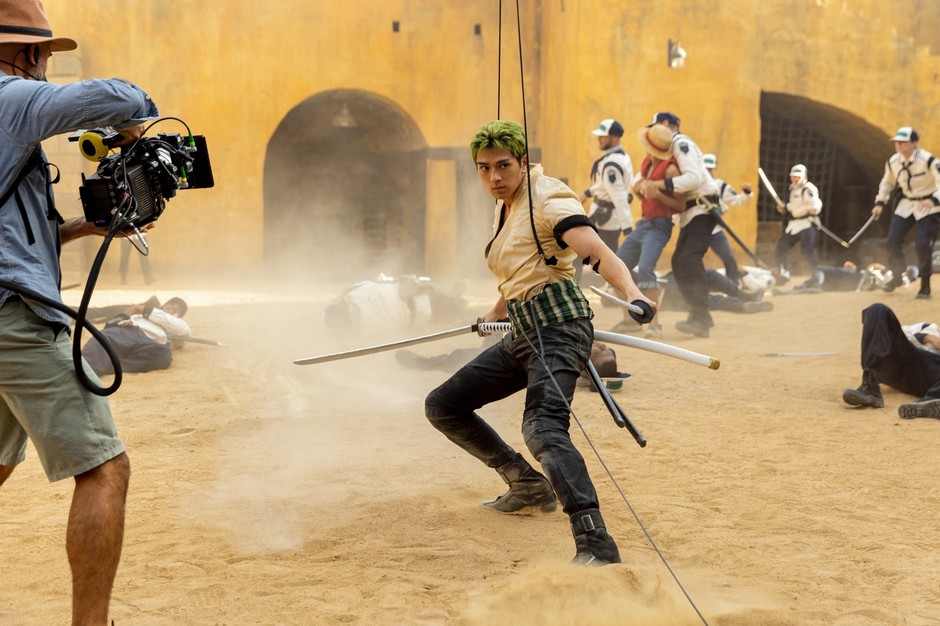

images: ©Netflix, IMDb